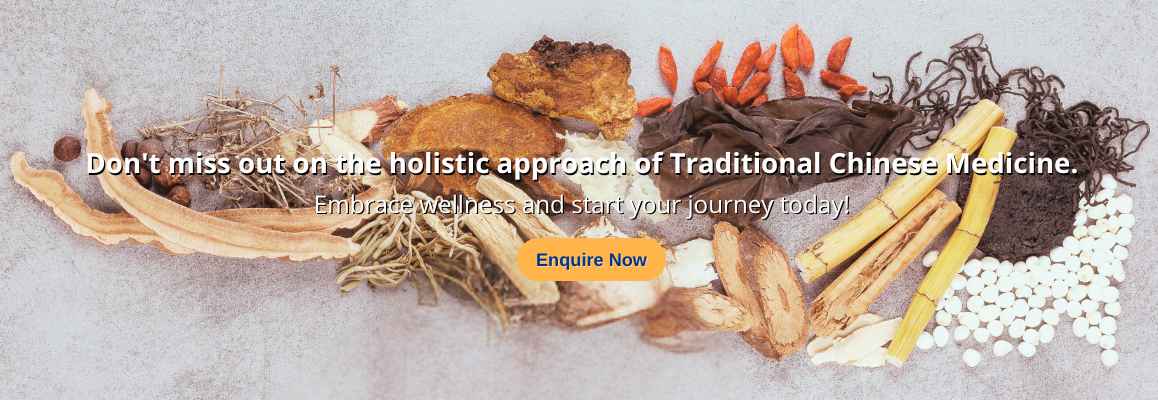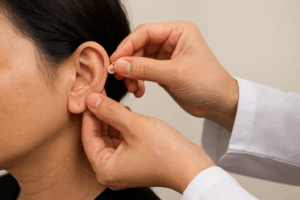Asthma is a chronic respiratory condition that affects millions of people worldwide. While modern medicine provides effective treatments for managing asthma symptoms, there is growing interest in exploring alternative therapies, such as Traditional Chinese Medicine (TCM). TCM, a holistic medical system that originated in ancient China, has been used for centuries to treat a wide range of ailments, including respiratory conditions like asthma. This article will delve into the effectiveness of TCM for asthma, examining its principles, practices, and scientific evidence.

Understanding Asthma: A Brief Overview
Asthma is a complex condition characterized by recurring episodes of breathlessness, wheezing, coughing, and chest tightness. The pathophysiology of asthma involves inflammation and narrowing of the airways due to hyperreactivity to certain triggers. These triggers can vary from person to person and may include allergens, airborne irritants, exercise, and stress.
The Pathophysiology of Asthma
In asthma, the airways become inflamed, leading to swelling and excess mucus production. This inflammation leads to a constriction of the smooth muscle surrounding the airways, causing them to narrow and making it difficult for air to pass through. People with asthma often experience periods of coughing, wheezing, and shortness of breath, especially during exposure to triggers.
Common Symptoms and Triggers of Asthma
Common symptoms of asthma include coughing, wheezing, shortness of breath, and chest tightness. These symptoms can vary in severity and frequency from person to person. Asthma triggers can vary widely and may include allergens such as dust mites, pollen, pet dander, and mold spores. Other triggers can include respiratory infections, exercise, cold air, emotional stress, and certain medications.
Traditional Chinese Medicine: An Introduction
TCM is a comprehensive medical system that addresses the underlying causes of disease by promoting balance and harmony within the body. It revolves around the concept of vital energy, known as Qi, and the complementary forces of Yin and Yang. By correcting imbalances and restoring the flow of Qi, TCM aims to promote health and prevent disease.
The Principles of Traditional Chinese Medicine
TCM is based on five fundamental principles: Yin and Yang, Qi, the five elements (wood, fire, earth, metal, and water), the organ systems, and the meridian system. Yin and Yang represent opposing forces in the body, such as cold and hot, dark and light, and rest and activity. Qi is the vital energy that flows throughout the body, while the five elements represent different aspects of the body’s functioning. The organ systems and meridians provide a framework for understanding the body’s interconnectedness and how imbalances can manifest as different symptoms or diseases.
Common Practices and Techniques in Traditional Chinese Medicine
TCM encompasses a range of practices and techniques, including acupuncture, herbal medicine, dietary therapy, and exercise, such as Tai Chi or Qi Gong. Acupuncture involves the insertion of thin needles into specific acupoints along the body’s meridians to stimulate the flow of Qi and restore balance. Herbal medicine, on the other hand, utilizes a variety of plant-based remedies to address specific symptoms and imbalances. Dietary therapy focuses on using food as medicine, while exercise is seen as a way to promote overall well-being and balance.
The Intersection of Asthma and Traditional Chinese Medicine
In TCM, asthma is seen as a disorder of the lungs and a disruption in the flow of Qi. According to TCM theory, asthma can be caused by various imbalances, including a deficiency of Qi or Yin, excess heat or dampness in the lungs, or an imbalance between the liver and lungs. TCM aims to address these imbalances by using a combination of acupuncture, herbal medicine, and lifestyle modifications.
The Traditional Chinese Medicine Perspective on Asthma
From a TCM perspective, asthma is categorized into different patterns based on the individual’s unique symptoms and underlying imbalances. These patterns can include Qi deficiency, Yin deficiency, Phlegm-Heat, or Liver-Lung disharmony, among others. TCM practitioners aim to identify the pattern of disharmony and create a personalized treatment plan to rebalance the body and alleviate symptoms.
The Role of Qi and Yin-Yang in Asthma Treatment
In TCM, the flow of Qi is crucial for maintaining good health. When Qi becomes stagnant or deficient, it can lead to a variety of symptoms, including asthma. TCM therapies, such as acupuncture and herbal medicine, aim to restore the flow of Qi and strengthen the body’s Qi reserves. Similarly, Yin and Yang imbalances can contribute to asthma symptoms. TCM treatments aim to restore the harmony between Yin and Yang by addressing any underlying imbalances.
Evaluating the Effectiveness of Traditional Chinese Medicine for Asthma
While TCM has a long history of use in treating respiratory conditions, including asthma, the scientific evidence supporting its effectiveness is still limited. However, several studies have shown promising results, suggesting that TCM may offer benefits for asthma management.
The Mechanism of Action: How Does It Work?
TCM approaches asthma treatment by targeting the underlying imbalances and restoring balance to the body. Acupuncture, for example, is thought to stimulate the release of endorphins, promote relaxation, and reduce inflammation. Herbal medicines used in TCM may have anti-inflammatory or bronchodilatory effects, helping to alleviate asthma symptoms.
Reviewing the Scientific Evidence
A systematic review published in the journal “Phytotherapy Research” examined the effectiveness of herbal medicine in asthma treatment. The review concluded that certain TCM herbal formulas showed promise in improving lung function, reducing symptoms, and decreasing the use of conventional asthma medications. However, more high-quality studies are needed to confirm these findings.
Potential Risks and Considerations
While TCM is generally considered safe when practiced by qualified practitioners, it’s essential to be aware of potential risks and consider certain precautions, especially when using herbal medicines.
Possible Side Effects of Traditional Chinese Medicine
Herbal medicines used in TCM may have side effects and interact with conventional medications. It is crucial to consult with a knowledgeable TCM practitioner and inform them of any medications or supplements you are taking to prevent potential interactions or adverse effects. Additionally, some herbal medicines may cause allergic reactions or have contraindications for certain individuals, so it’s important to disclose any allergies or pre-existing medical conditions to your healthcare provider.
Precautions and Contraindications
TCM is a personalized medicine that takes into account the individual’s unique constitution and patterns of disharmony. It is essential to consult a qualified TCM practitioner who can provide a thorough evaluation and create a tailored treatment plan. Additionally, TCM should be seen as a complementary approach and should not replace conventional medical treatment for asthma. It’s crucial to continue working with your primary healthcare provider to manage your asthma and share any TCM treatments you are considering.
Conclusion
In conclusion, Traditional Chinese Medicine offers a holistic approach to asthma management by addressing the underlying imbalances that contribute to the condition. While more research is needed to fully understand its effectiveness and mechanisms of action, TCM shows promise in alleviating asthma symptoms and improving lung function. However, it’s important to approach TCM as a complementary therapy and work closely with qualified practitioners to ensure safe and appropriate use.











